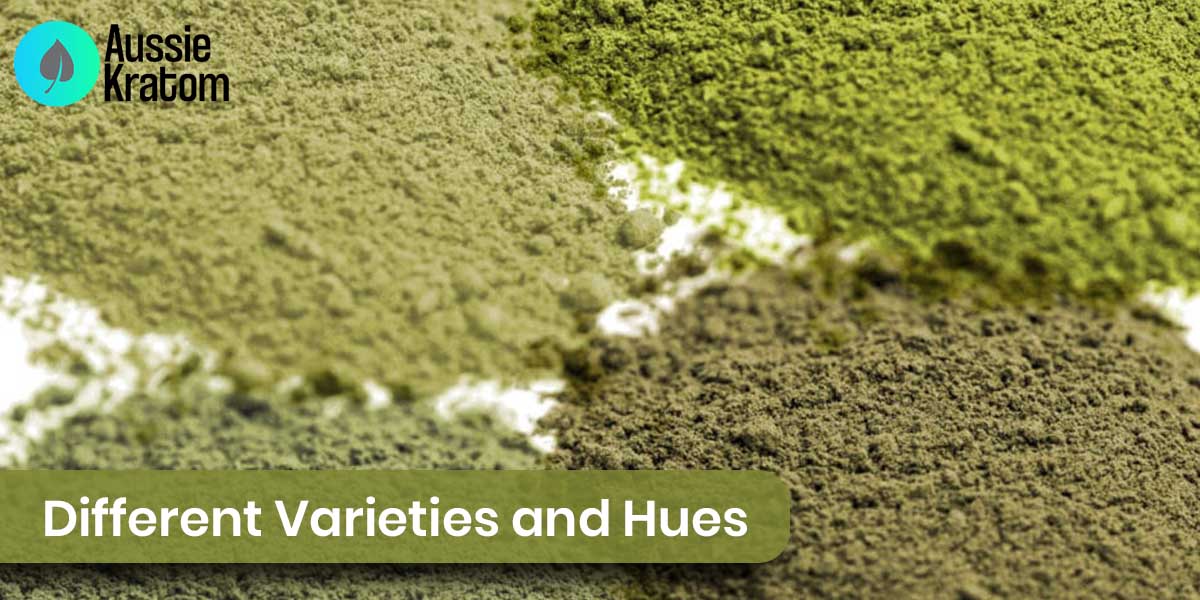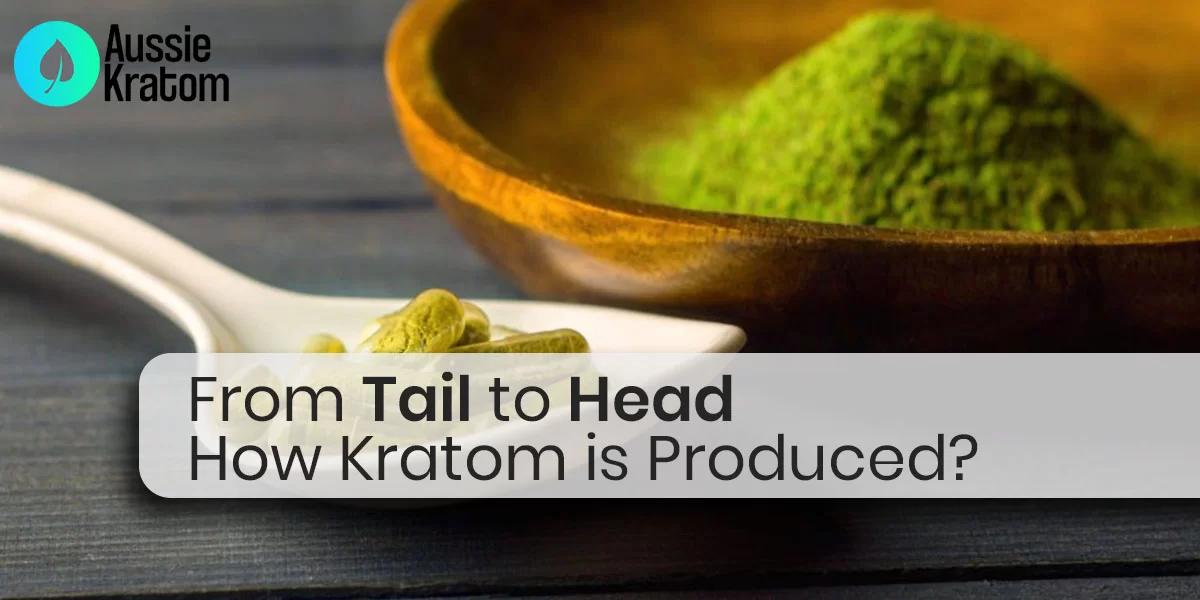Embark on a journey through the intricate process of Kratom production – a botanical marvel that begins from tail to head. Join us as we unravel the secrets behind the cultivation, harvesting, and transformation of Kratom leaves, delving deep into the art and science that brings this ancient botanical to life.
From the lush forests where it originates to the skilled hands that nurture its growth, prepare to be captivated by the fascinating story of how Kratom makes its remarkable journey from tail to head.
Scientists and federal politicians have recently focused on kratom in an effort to shed light on the plant’s mysterious origins, seeing it as an understudied botanical species with unique capabilities. Questions about the safety, potential medical benefits, and the plant’s future in Australia top the list.
Due to its recent popularity, however, many Australians are curious as to the process by which kratom is produced. Because it is found in nature, kratom cannot be artificially produced or patented by a pharmaceutical company.
We have really shared a planet with the kratom plant for thousands of years.
How, therefore, can the finely powdered leaves of this massive Southeast Asian tree keep making their way to Australia?
What is it?
What are Kratom’s Origins?
The tree mitragyna speciosa, found naturally in Indonesia, Thailand, and Malaysia, is the basis for the powdered form of this plant. Kratom has been cultivated and harvested by locals for generations, and early indications of its use in Malaysia date back to at least 1836, according to research by Burkill.
How kratom is produced is heavily influenced by the conditions in which the plant is grown. The mitragyna speciosa tree, when fully grown, may reach a height of 80 feet. It has huge, glossy, dark green leaves that are often larger than a human palm when fully mature. A key factor in year-round availability is the evergreen nature of the kratom plant, which allows its leaves to swiftly regenerate after being lost.
Kratom thrives in hot, humid conditions with lots of sunshine. This means it thrives in humid environments like those found on the tropical island of Borneo.
Product Development after Harvest Kratom Leafs!
Leaves of the kratom plant are harvested commercially when they reach full potency. The concentrations of the phytochemicals responsible for the plant’s features are affected by how recently the leaves were harvested, hence the freshness of the leaves is crucial to the production of kratom. Mature leaves are used to make red kratom, whereas white and green kratom is made from younger leaves.
The leaves of the mitragyna speciosa plant are dried in the sun or shade to produce kratom powder. The time and parameters of this drying or “curing” process determine the resulting powder.
The leaves are dried, then shredded or powdered till fine. The next step in the production of kratom is the use of an industrial grinder to reduce the mitragyna speciose leaves to a powder as fine as flour.
Different Varieties and Hues of Kratom!
Some kratom farmers use alternative techniques of cultivation and processing to generate specialty kratom strains that are commonly purchased online, despite the fact that kratom is traditionally dried in the sun using large-sized racks.

Fermentation:
The uncommon Bentuangie variety of kratom is said to be “fermented” after harvest, giving it a deeper color and “increased” alkaloid concentration. Unfortunately, it is impossible to verify the distinction between strains due to the lack of knowledge on how kratom is created. However, scientists like Hassan et al. have shown that kratom leaves can differ in their alkaloid concentration based on factors like where they were grown and when they were harvested.
Alternative Kratom Hues!
Kratom comes in a variety of “colors,” but the most common ones are red, green, and white.
The most widely seen variations are yellow and gold kratom strains, whose manufacture isn’t standardized or consistent. Some kratom growers, it is said, combine white and red strains to produce yellow variations, while others undergo further curing processes to produce “gold” strains.
Major Kratom Producers and Distributors around the Globe!
Aussie Kratom has discussed the production process, but where does kratom originate?
The great majority of the kratom sold in the United States, United Kingdom, Canada, Australia, and worldwide is imported from Southeast Asian countries, despite the fact that it may be cultivated outside of its native location in Southeast Asia.
Mitragyna speciosa powder is most likely produced and exported from Indonesia. The cultivation of kratom in Indonesia has gained popularity since, unlike in other Southeast Asian nations, it is not considered an illegal narcotic there. Parts of Indonesia, particularly West Kalimantan on Borneo, are major producers of kratom.
Although kratom is a prohibited drug in both Malaysia and Thailand, it is said that farmers in both nations also have a role in the production process. Purchase, sale, import, and possession of kratom have all been outlawed in Thailand since 1979. Nonetheless, kratom is still the most extensively used drug in Thailand, despite efforts to limit its distribution.
Why High-Quality Kratom Is So Crucial?
There are hundreds of farmers involved in growing kratom, and it comes in dozens of different strains from all over the world. Although kratom has been around for a long time, the future of this plant is unclear.
Selecting high-quality kratom, however, is crucial.
Kratom Spot is pleased to provide its clients mitragyna speciosa powder of the highest quality available. We use rigorous laboratory testing procedures on the kratom we purchase from Southeast Asia to make sure it passes our stringent purity criteria. Our items are packaged in airtight containers to ensure their quality and longevity and to keep our customers happy.
We hope this article helped you to get the answer to “How Kratom Is Produced?”
Give us a shot today by placing an order.
FAQs – How Kratom is Produced
What is the process of cultivating Kratom?
Kratom is grown in suitable regions, starting from seeds or cuttings. Saplings are nurtured, transplanted, and cared for with water, nutrients, and pest control.
How is Kratom harvested and processed?
Skilled harvesters pick mature leaves, dry them through methods like air or sun drying, and then crush them into a fine powder for consumption.
What role do drying and processing methods play in Kratom production?
Drying maintains potency, while processing methods (like fermentation) impact flavor and effects of different Kratom strains.

